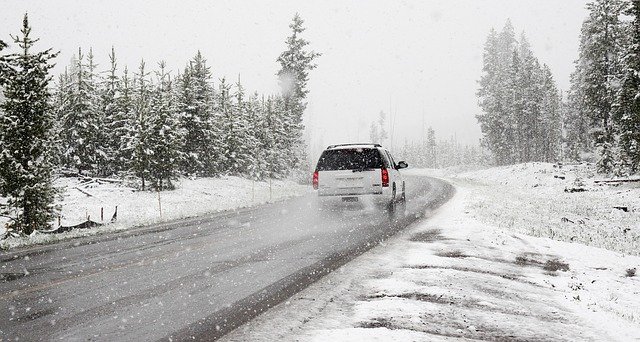Driving Safely in Winter
Winter driving brings many special demands to the driver, and the driving style itself differs in many ways from the “summer” driving style: after November 1, it is mandatory to install high-quality winter tires with a tread depth of at least 4 mm, which everyone know.

Longer nights and shorter days, with fog and low cloud cover, require drivers to concentrate. More time is spent driving in the dark, especially in the morning and evening, and the likelihood of wet or icy road surfaces increases. Therefore, the outside temperature should be checked regularly before and during driving with an on-board thermometer, which most modern vehicles are equipped with. It is important to remember that even if the indicated temperature is only 1-2°C+, freezing can still occur due to the cold weather on uncovered road sections over bridges and between utility poles.
Another important factor to consider when driving in winter is the reduced adhesion of tires to cold road surfaces. Therefore, it is also important to keep a wide distance between vehicles and pay attention to the traffic ahead in winter. Even in the dry, braking distances are considerably longer on cold roads. The same applies to changing direction, especially on snow and ice, where many drivers are surprised to find that their cars do not turn in the direction they expect.

Therefore, when the cold season arrives, experts advise getting used to driving more defensively by increasing the distance between vehicles and entering corners and intersections at speeds about one-third slower than you would drive on the same stretch of road in summer .